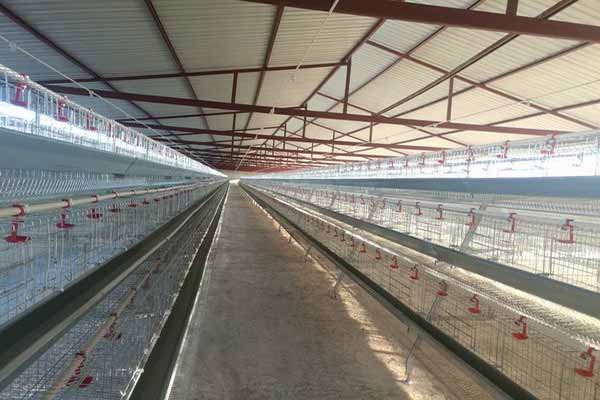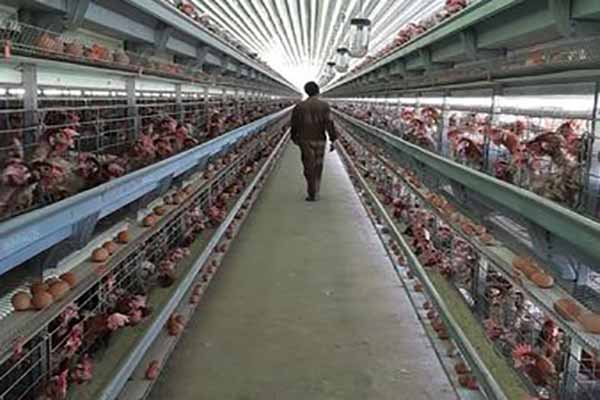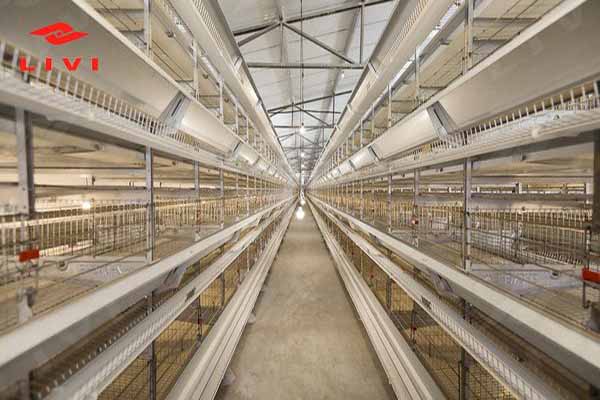How to Start a Small Free Range Chicken Farm: A Comprehensive Guide
Time : 2025-06-27
Embarking on the journey to start a small free-range chicken farm is an exciting endeavor. It requires passion, dedication, and a solid understanding of the industry. This comprehensive guide will walk you through the essential steps to help you establish a thriving small-scale free-range chicken farm. We will delve into various aspects, including site selection, equipment requirements, and legal considerations.
Understanding Free-Range Chicken Farming
Free-range chicken farming is an ethical and sustainable method of raising chickens. Unlike traditional intensive farming, free-range chickens have access to the outdoors, which allows them to roam, peck, and socialize. This approach results in healthier, happier birds and higher-quality eggs.
Benefits of Free-Range Chicken Farming
- Healthier chickens with lower rates of disease
- Better egg quality, flavor, and nutrition
- Lower feed conversion ratios, leading to cost savings
- Increased consumer demand for free-range products
Step 1: Planning and Research
Before diving into the farming venture, thorough planning and research are essential. Here are the key areas to focus on:
1.1 Define Your Goals and Market
Identify your objectives for starting the farm. Are you aiming for organic certification, local markets, or direct-to-consumer sales? Research the local market demand and competition to determine the best approach for your farm.
1.2 Develop a Business Plan
A well-thought-out business plan will serve as a roadmap for your farming venture. Include sections on financial projections, marketing strategies, and an operational timeline.
1.3 Research and Network with Other Free-Range Chicken Farmers
Networking with other free-range chicken farmers can provide valuable insights and tips for success. Attend farm tours, join online forums, and participate in workshops.
Step 2: Site Selection
Selecting the right location for your small free-range chicken farm is crucial. Here are the factors to consider:
2.1 Accessibility
Choose a site that is easily accessible to you, suppliers, and customers. Proximity to markets can also help reduce transportation costs.
2.2 Zoning and Legal Considerations
Ensure that your chosen location complies with local zoning laws and regulations. Some regions have restrictions on the number of chickens allowed per acre.

2.3 Land Quality and Topography
Look for a site with well-drained soil and gentle slopes to facilitate water management and minimize flooding risks.
2.4 Proximity to Feed Suppliers and Processors
Being close to suppliers and processors can help streamline operations and reduce costs.
Step 3: Designing the Farm Layout
The layout of your free-range chicken farm will determine the efficiency and success of your operation. Consider the following aspects:
3.1 Chicken Coops
Construct sturdy, well-ventilated coops with nesting boxes, roosting bars, and water and feed stations. The coops should be designed to protect chickens from predators, extreme weather, and diseases.
3.2 Poultry Run
Create a spacious, enclosed run for the chickens to roam and forage. Ensure the fence is made of sturdy material and is securely fastened to prevent predators from entering.
3.3 Water and Feed Stations
Strategically place water and feed stations throughout the farm to ensure easy access for the chickens. Choose durable, easy-to-clean equipment that can handle the farm’s size.

Step 4: Equipment and Supplies
Investing in high-quality equipment and supplies is essential for a successful free-range chicken farm. Here’s a list of essential items:
- Chicken coops and runs
- Waterers and feeders
- Predator-proof fencing
- Egg collection boxes
- Feed and bedding supplies
- Health and vaccination protocols
It is recommended to consult with a professional poultry equipment supplier to choose the right products for your farm’s needs.
Step 5: Managing Your Chickens
Effective management of your free-range chickens is vital for the success of your farm. Here are some key management practices:
5.1 Feeding and Watering
Provide your chickens with a balanced diet that meets their nutritional requirements. Ensure access to clean, fresh water at all times.
5.2 Health and Vaccination Protocols
Develop and implement a health and vaccination protocol to prevent diseases and keep your chickens healthy.
5.3 Predator Control
Monitor your farm for signs of predators and take proactive measures to protect your chickens from potential threats.
Step 6: Marketing and Sales
Developing a strong marketing and sales strategy is crucial to attract customers and sustain your business. Consider the following tactics:
6.1 Branding and Packaging
Create a memorable brand and packaging that highlights the quality and ethical practices of your free-range chicken products.
6.2 Direct-to-Consumer Sales</h3 >
>
Sell directly to consumers through farmers’ markets, farm stands, and online channels.
6.3 Wholesale and Distributors
Explore opportunities to supply local restaurants, grocery stores, and other distributors.
Conclusion
Starting a small free-range chicken farm requires careful planning, dedication, and attention to detail. By following this comprehensive guide, you’ll be well on your way to establishing a successful and sustainable farm. Embrace the challenges and opportunities, and enjoy the journey of raising healthy, happy chickens!











